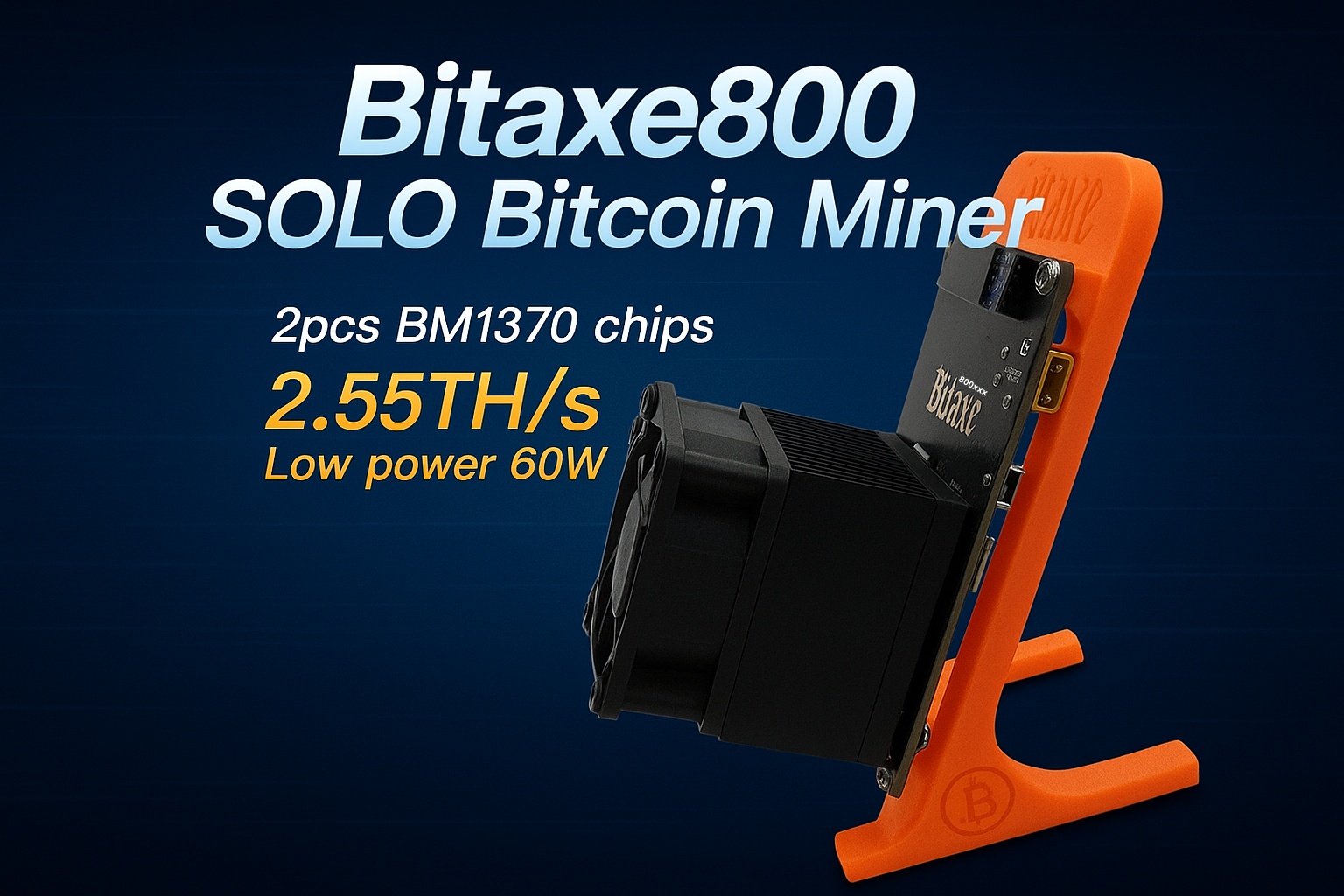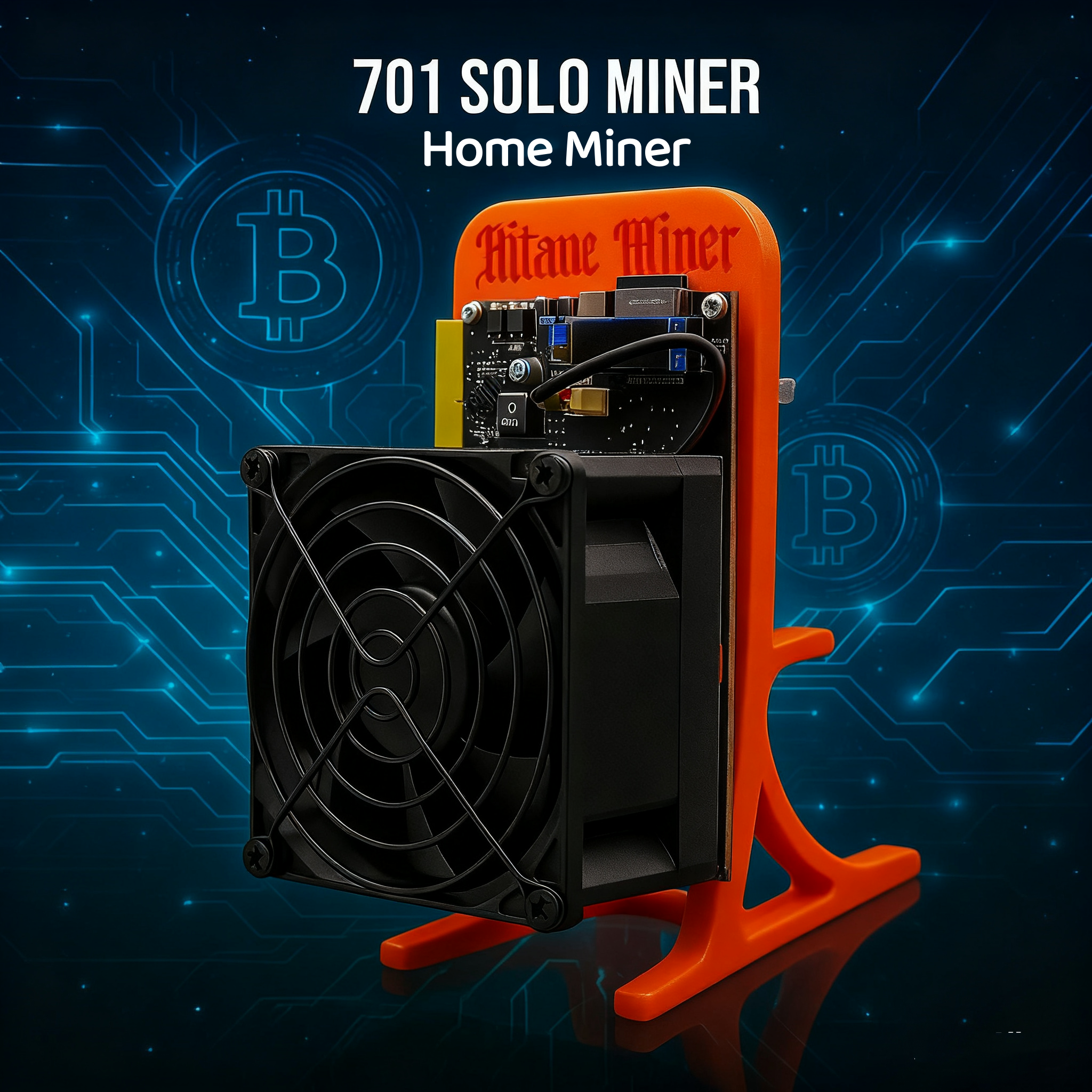

How to Choose the Right Bitcoin Mining Machine
Choosing the right Bitcoin mining machine is a crucial step for anyone looking to start or expand their cryptocurrency mining operation. With a wide variety of mining machines on the market, selecting the most suitable one involves considering several factors such as efficiency, hash rate, power consumption, and cost. Here’s a guide to help you make an informed decision when selecting a Bitcoin mining machine.
1. Understand the Importance of ASIC Miners
Bitcoin mining primarily uses Application-Specific Integrated Circuit (ASIC) machines. Unlike GPUs or CPUs, ASIC miners are specifically designed for the task of mining Bitcoin, making them far more efficient. If you’re serious about mining Bitcoin, an ASIC miner is a must. Avoid using GPU or CPU miners, which are not cost-effective for Bitcoin mining due to their lower efficiency.
2. Hash Rate
The hash rate of a mining machine refers to the number of calculations it can perform per second. A higher hash rate increases the chances of successfully mining a Bitcoin block, leading to greater earnings. However, more powerful machines usually come with higher costs.
- Low Hash Rate: Machines with a hash rate of under 50 TH/s are typically suitable for hobby miners or those with access to very cheap electricity.
- Mid-range Hash Rate: Machines offering 50 - 100 TH/s provide a good balance between cost and mining output.
- High Hash Rate: Top-of-the-line machines with over 100 TH/s, such as the Antminer S19 Pro (110 TH/s), are ideal for large-scale or commercial miners who need maximum performance.
It’s important to choose a machine with a hash rate that aligns with your budget and operational goals.
3. Power Consumption
Power consumption is one of the biggest factors that will affect your profitability in Bitcoin mining. Even the most powerful mining machine can be unprofitable if it consumes too much electricity. Compare the machine's power usage (measured in watts) to its hash rate to get an idea of energy efficiency. This is typically expressed in joules per terahash (J/TH).
- Efficient miners: Machines with low J/TH (like around 30 J/TH or less) are considered more efficient and are ideal for locations where electricity is expensive.
- Less efficient miners: Machines with higher J/TH are more suitable in regions with cheaper electricity.
A machine that offers a higher hash rate with lower power consumption will likely provide a better return on investment (ROI).
4. Cooling Requirements
Bitcoin mining machines generate a significant amount of heat. Some miners have built-in fans, but larger mining operations often require additional cooling systems like fans or even water-cooling setups. When selecting a mining machine, consider how it will fit into your space and how you will manage the heat.
- Machines with built-in cooling: ASIC miners like the Bitmain Antminer models come with integrated fans, but for larger setups, additional cooling may be required.
- Consider ambient temperature: If you are operating in a warm environment, extra cooling systems will be necessary, which could increase operating costs.
5. Initial Cost vs. Long-Term Profitability
The price of a mining machine can range from a few hundred dollars to over $10,000. While it might be tempting to buy the most expensive and powerful machine, it’s essential to consider how long it will take to recoup your investment (ROI).
- Lower-end miners: Cheaper machines, with lower hash rates, are suitable for beginners or hobbyists who want to explore mining without a large upfront investment. However, the ROI may take longer.
- High-end miners: More expensive machines with higher hash rates are better suited for serious miners who want to maximize profits in a shorter time frame. They have a higher upfront cost but are often more efficient, leading to quicker ROI.
6. Noise Level
Mining machines can be very noisy, especially when running multiple units together. If you’re mining at home or in a non-industrial space, the noise level is an important consideration. Machines with larger cooling systems, or more powerful ASICs, tend to produce more noise.
- Home use: Choose miners with lower decibel ratings if you plan to mine in residential areas.
- Industrial use: Noise is less of a concern in a dedicated mining facility where noise mitigation is already in place.
7. Manufacturer Reputation
It’s crucial to buy your mining machine from a reputable manufacturer. Established companies like Bitmain, MicroBT (WhatsMiner), and Canaan (AvalonMiner) have proven track records of producing reliable and efficient ASIC miners.
- Bitmain (Antminer): Known for powerful and efficient machines like the Antminer S19 series.
- MicroBT (WhatsMiner): Competes with Bitmain in terms of performance and is gaining popularity due to its reliable hardware.
- Canaan (AvalonMiner): Known for producing durable machines at competitive prices.
Buying from a reputable manufacturer ensures that you receive ongoing support, firmware updates, and access to parts if needed.
8. Electricity Costs
Electricity is one of the biggest operational costs in Bitcoin mining. Before purchasing a mining machine, you must calculate how much electricity the machine will use and whether the costs will allow for profitability. For example, in regions with high electricity costs (e.g., $0.10 per kWh), even an efficient miner might struggle to turn a profit.
- Cheap electricity: If you have access to electricity below $0.05 per kWh, you can afford to operate more powerful but less efficient miners.
- Higher electricity rates: In areas with higher electricity rates, you’ll want to invest in highly efficient miners with low power consumption (e.g., below 30 J/TH).
9. Consider Market Conditions
The profitability of Bitcoin mining fluctuates based on Bitcoin’s market price and mining difficulty. If the market is down, it will take longer to achieve ROI, so make sure to account for market volatility when choosing a mining machine.
- Bull market: Mining is generally more profitable when Bitcoin prices are high, and the demand for miners increases.
- Bear market: During low market conditions, mining machines may become less profitable, but the cost of machines may decrease, offering opportunities to expand.
10. Warranty and Support
Finally, consider the warranty and support offered by the manufacturer. Mining machines run constantly, and malfunctions can occur. A machine with a good warranty and reliable customer support can save you money in repairs and downtime.
- Standard warranty: Many manufacturers offer 6 to 12-month warranties on their miners.
- Customer support: Make sure the manufacturer has a responsive support team in case you encounter issues with your machine.
Conclusion
Choosing the right Bitcoin mining machine requires careful consideration of factors like hash rate, power efficiency, cooling requirements, and the initial cost. Balancing these factors against your operational goals, budget, and electricity costs will help you make the best choice. As Bitcoin mining becomes increasingly competitive, investing in the right hardware is crucial to ensure long-term profitability and success.







